Healthcare: Electrocution Hazards in the Construction Industry
VerifiedAdded on 2023/03/30
|6
|925
|111
Report
AI Summary
This report, titled "Healthcare: Electrocution Hazards," examines the significant risks of electrocution within the construction industry. It begins by highlighting that a large percentage of construction workers, especially electricians, are exposed to electrocution due to factors such as faulty equipment, exposed wires, wet conditions, and aerial power lines. The report presents data indicating the high number of accidents, with electrocution being a leading cause of fatalities, often ranking second after falls from heights. It references statistics that underscore the severity of the problem, including the percentage of accidents involving heavy equipment and overhead distribution conductors. The report then outlines effective corrective measures, including hazard identification, proper grounding of wires, using insulated equipment, maintaining safe distances from power lines, and the use of GFCI’s. The report concludes by emphasizing the importance of these measures in saving lives and preventing accidents. The document is a valuable resource for understanding and mitigating electrocution risks in construction, offering a comprehensive overview of the problem and practical solutions.
1 out of 6
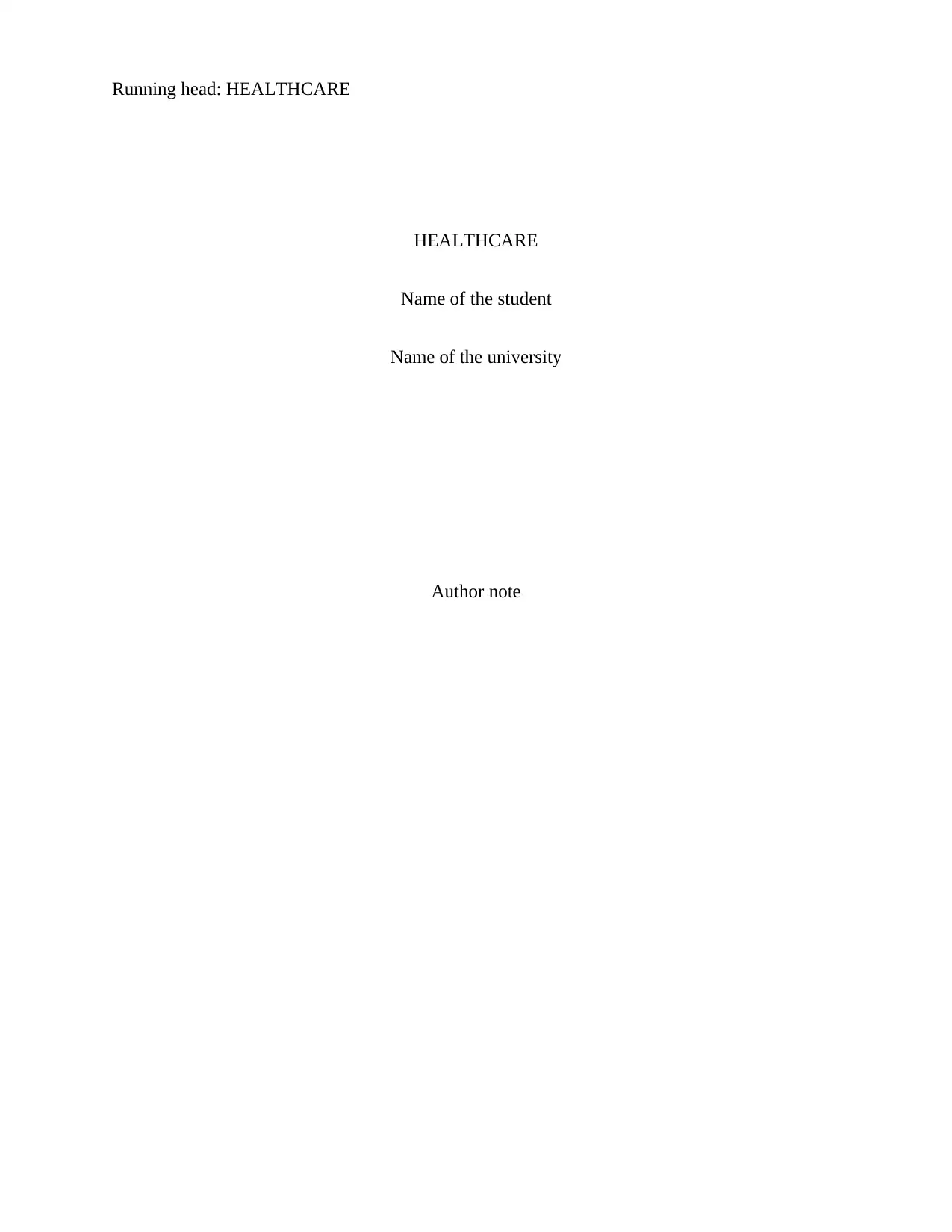
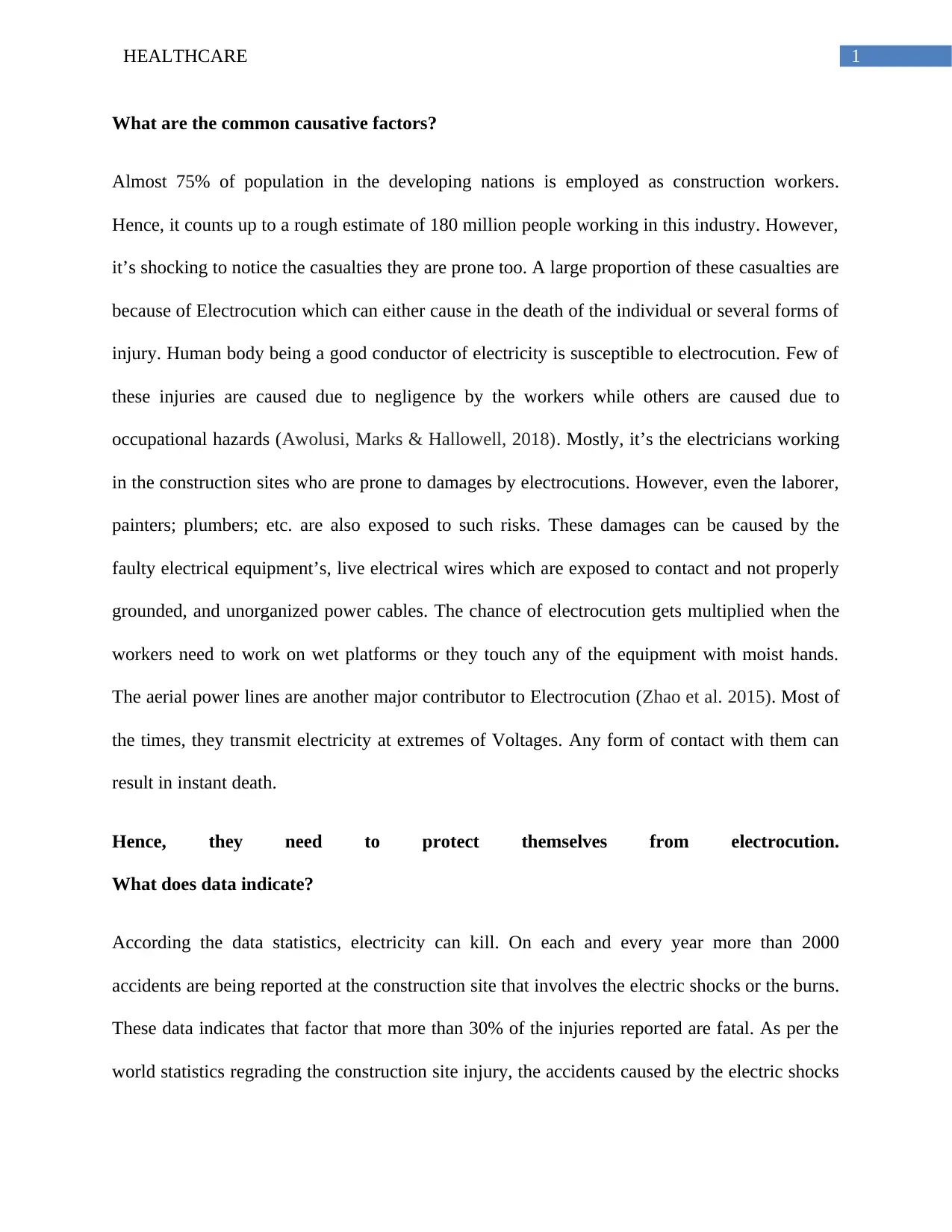
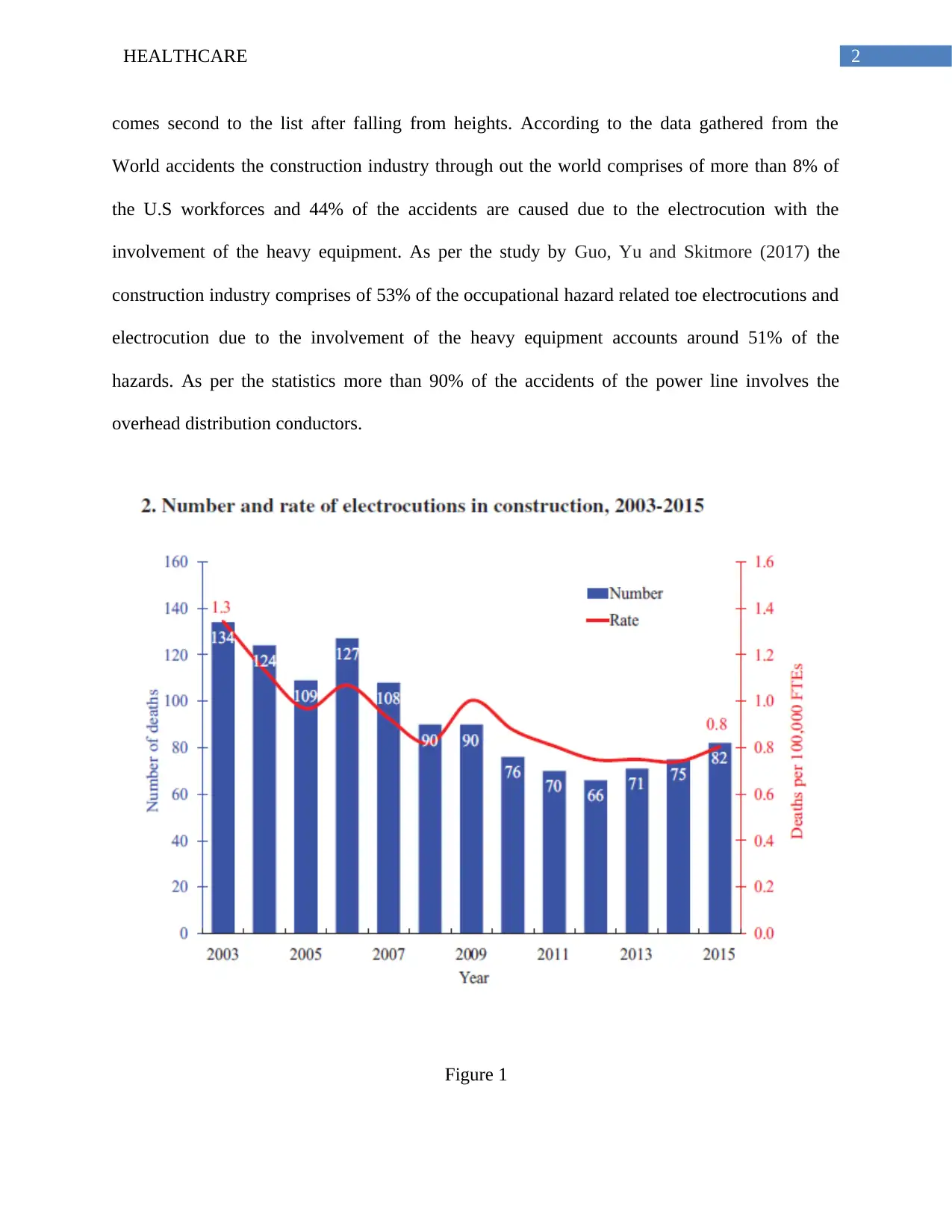

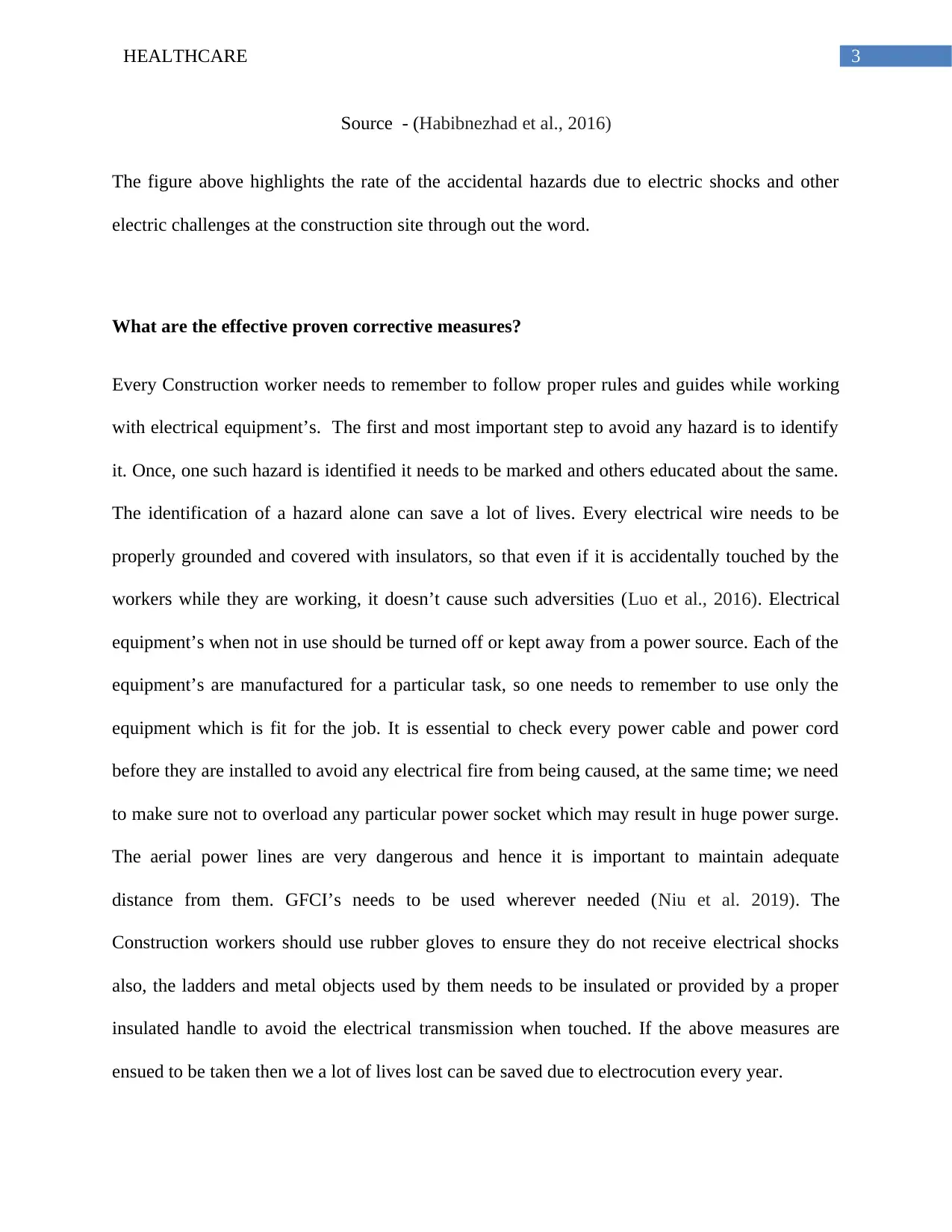

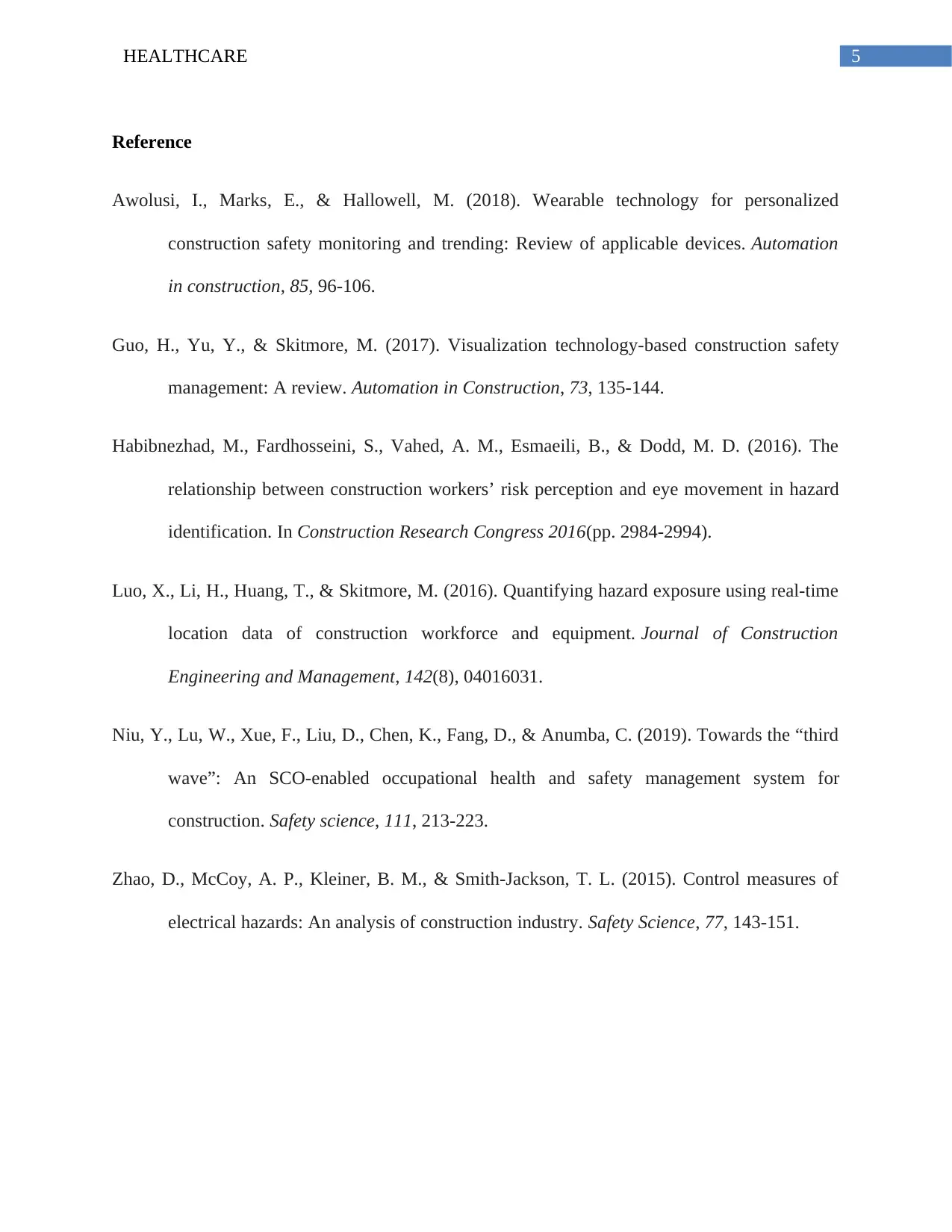






![[object Object]](/_next/static/media/star-bottom.7253800d.svg)